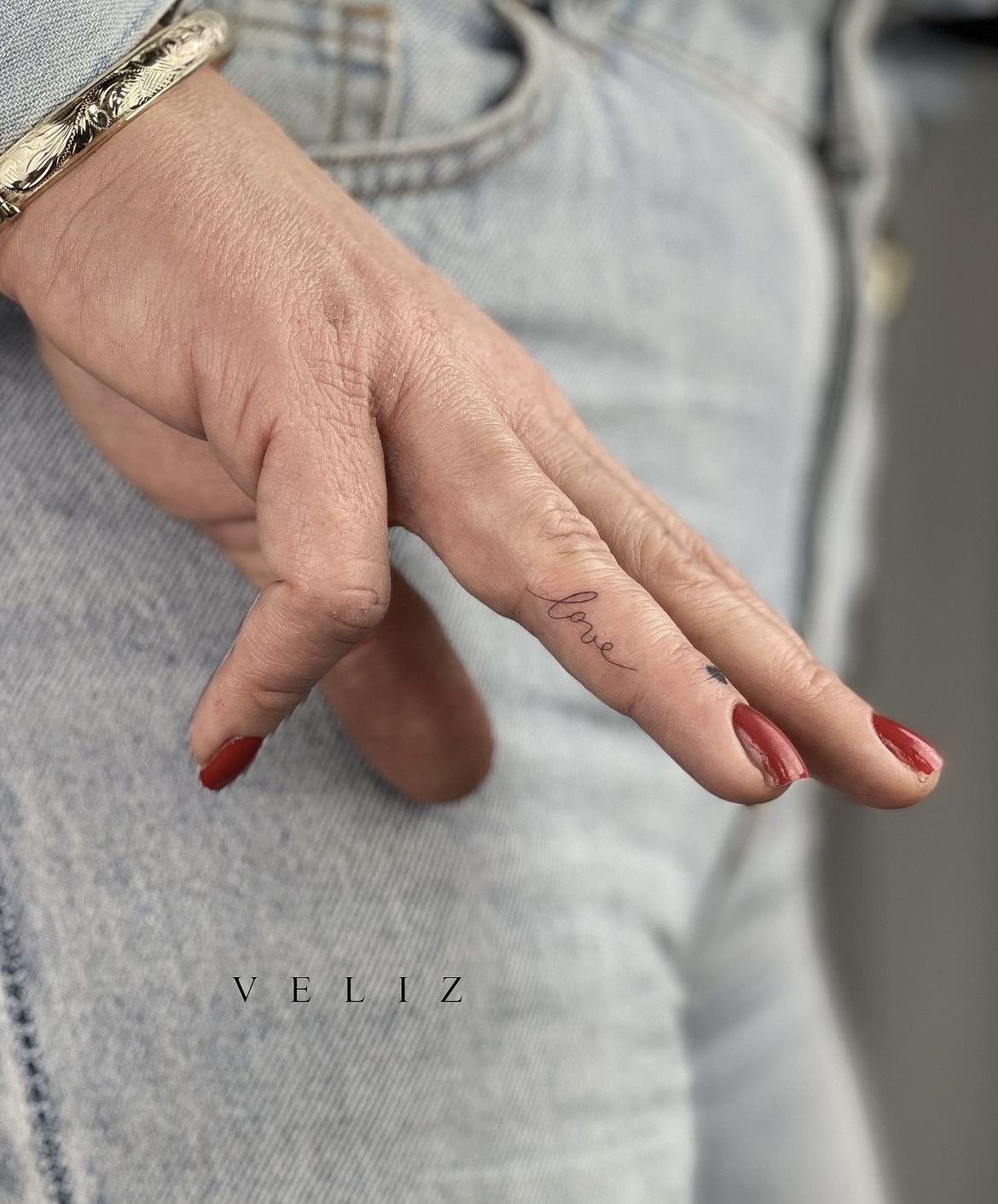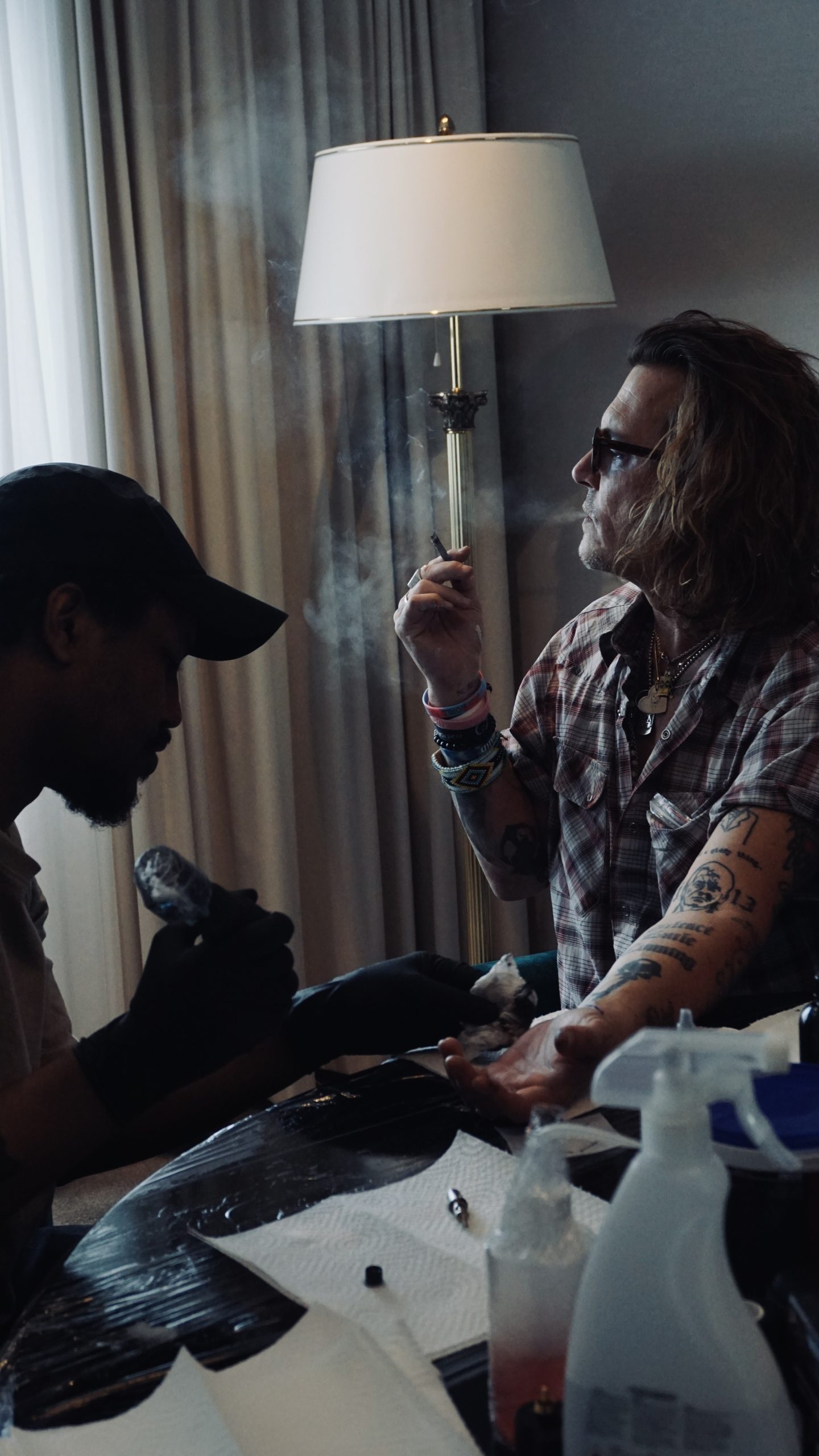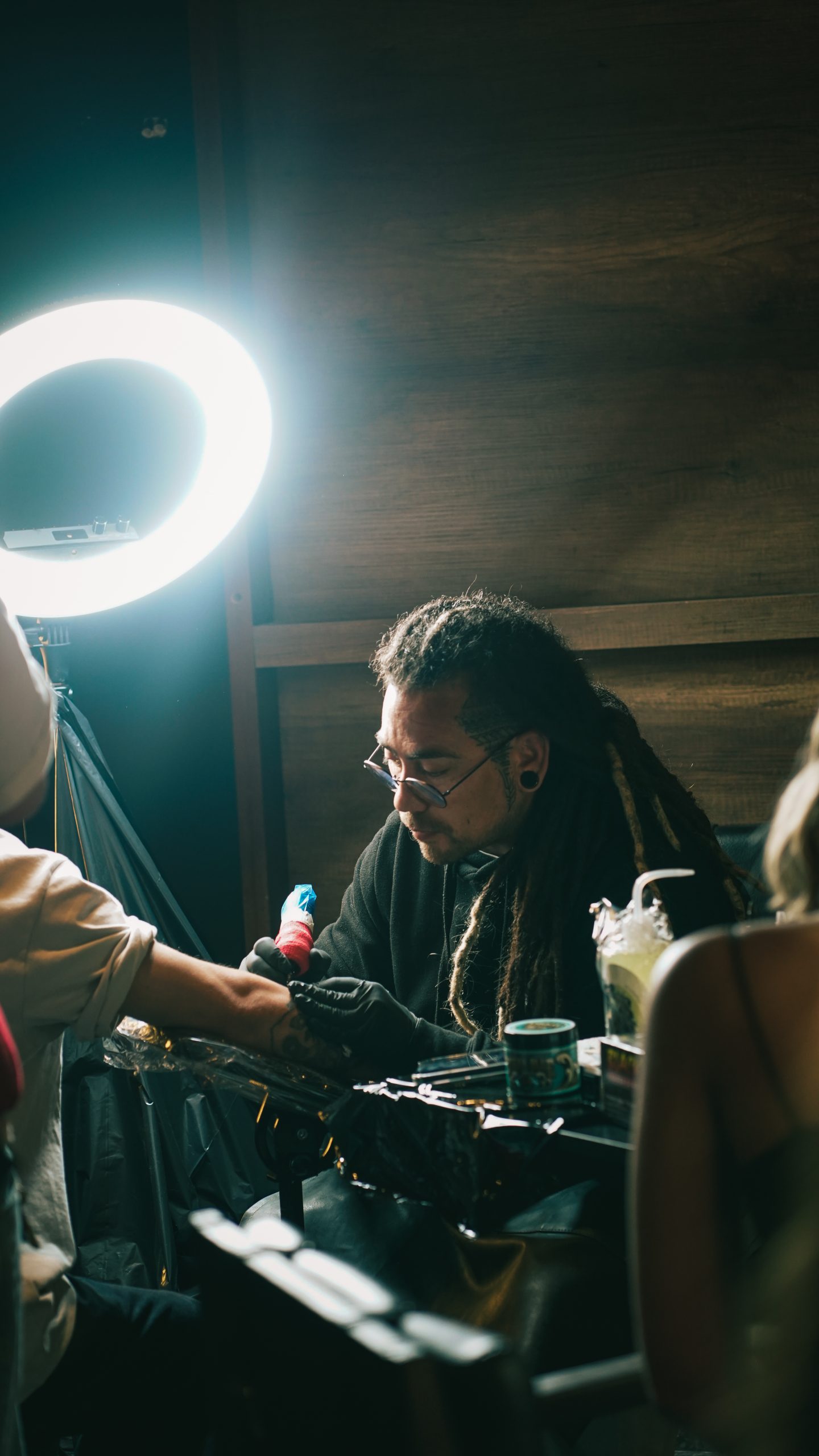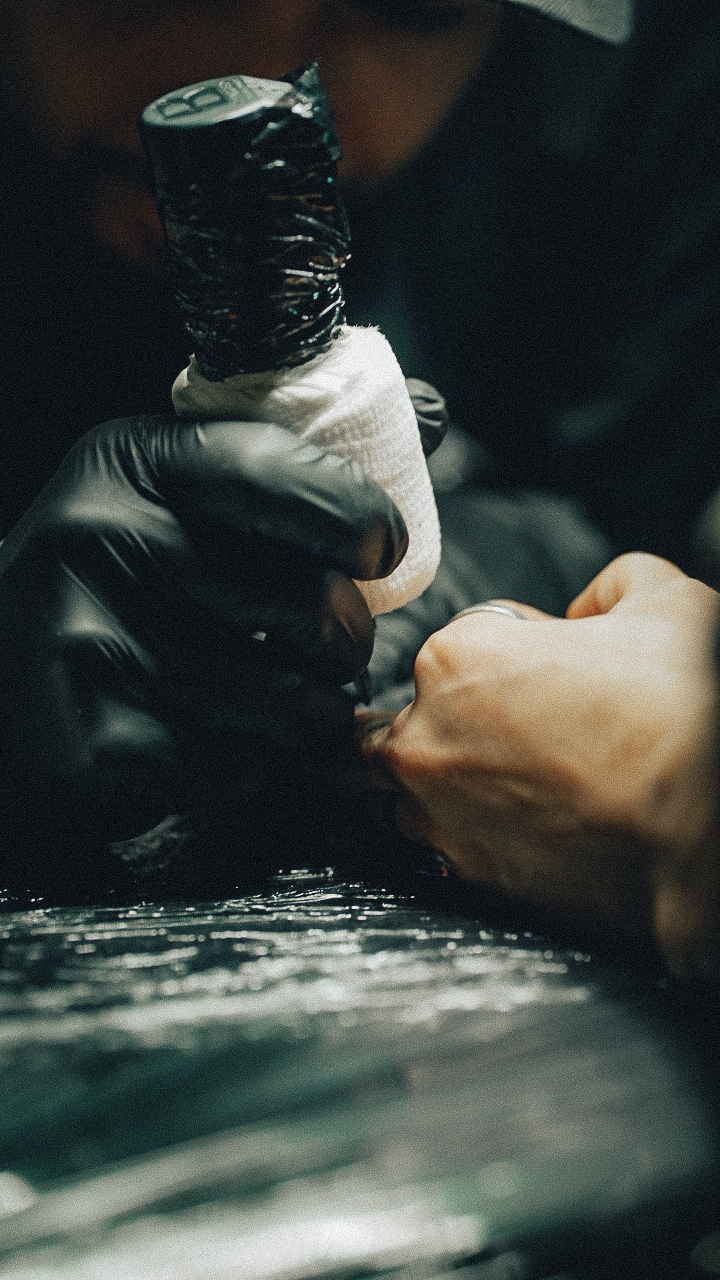How to Work Out with a New Tattoo: A Guide to Protecting Your Tattoo
Have you just gotten a new tattoo and are wondering how to continue your workouts without compromising the results? It can be tempting to jump right back into your training routine, but it’s important to understand how to work out with a new tattoo without risking infections or damaging the fresh ink. Here’s a comprehensive guide on how to protect your new tattoo while staying active.
Why is it important to be cautious when working out with a new tattoo?
When you get a tattoo, you essentially have an open wound that needs time to heal. This means you need to be extra cautious, especially during the first few days. The protective covering (such as "Second Skin") can start to peel off if you sweat excessively. This can expose the wound to bacteria, increasing the risk of infection.
To ensure proper healing of the tattoo, it is recommended to avoid intense workouts for the At least 1-3 weeks.How long you should wait depends on the size and placement of the tattoo; larger tattoos take longer to heal than smaller ones.
The biggest risks of working out with a new tattoo
- Risk of infection: Gyms are full of bacteria that can infect the open wound. If you wish to Working Out with a New Tattoo, you must be careful about hygiene. Sweaty and dirty surfaces can cause infections, so it's important to keep the area clean and protected.
- Extended healing time: Excessive sweating can prolong the healing process. The tattoo needs time to form a protective crust, and too much moisture can interfere with this process. When exercising with a new tattoo, choose low-intensity activities that do not cause excessive sweating.
- Ink leakage: Sweating can cause some of the ink to leak, especially in the first few days after the tattoo is done. This can result in the color becoming uneven or fading faster.
How to exercise with a new tattoo - What should you avoid?
- Avoid swimming and bathing: Water from pools, seas and bathtubs can delay healing and increase the risk of infection. Although there are products that promise to protect the tattoo while swimming, it is best to avoid this for the first few weeks.
- Avoid intensive strength training: Especially if the tattoo is placed on areas such as shoulders, arms or legs, which are often used during training. Stretching and pressure on the tattoo area can delay the healing process.
- Avoid activities that cause a lot of sweatingCardio and high-intensity workouts can expose the tattoo to excessive sweat, which can negatively affect the healing process.
Safe training options when you have to train with a new tattoo
If you don't want to take a full break from training, there are alternatives that are safer:
- Low intensity exercises: Activities such as yoga, light stretching and walking are good options that keep you active without stressing the tattoo.
- Wear protective clothing: Cover the tattoo with loose-fitting, breathable clothing to protect against rubbing and exposure to bacteria. Avoid clothes that are too tight and can rub against the skin.
- Disinfect exercise equipment: If you work out in a fitness center, dry your equipment before use to minimize the risk of infection. Use antibacterial wipes or sprays
Preparations before you train with a new tattoo
- Use a water-based moisturizer: Before you work out with your new tattoo, apply a light, water-based moisturizer to keep skin soft and avoid tightness. Avoid heavy, greasy creams that can clog pores and cause breakouts.
- Stay hydrated: Drink plenty of water to maintain skin elasticity and help the body heal faster. Good hydration can also help reduce inflammation.
How does muscle building affect a new tattoo?
Are you worried that exercising with a new tattoo may affect the appearance of your tattoo? Normal muscle growth usually poses no risk, as long as the growth is gradual. The skin is elastic and normally adapts to changes in muscle mass.
Rapid weight loss on the other hand, can have a negative impact. If you lose weight quickly, the skin can become loose, which can cause the tattoo to lose its original shape. For best results, slim down gradually and combine weight loss with strength training to maintain skin elasticity.
Long-term protection of your tattoo
- Slow weight loss: To avoid "hanging skin" which can affect the appearance of the tattoo, it is recommended to lose weight slowly. This gives the skin time to adapt to the changes.
- Strength training and hydration: Combine weight loss with strength training and adequate hydration to preserve skin elasticity and keep your tattoo looking good over time.
Summary: How to train with a new tattoo in a safe way
Exercising with a new tattoo requires a little extra care, but it's entirely possible to stay active without jeopardizing healing. Remember to give the tattoo time to heal properly, protect it from sweat and bacteria, and avoid activities that can cause unnecessary stress on the skin.
A short break from training is a small price to pay to ensure your tattoo is perfect. A healthy and fresh tattoo is the result of proper finishing and patience. Be sure to take care of both your body and your art so you can enjoy your tattoo for years to come.
Frequently asked questions about training and tattoos
- Can I exercise the day after I get a tattoo?
Yes you can, but it is best to wait at least a week before resuming exercise, depending on the size and location of the tattoo. - Can I use a protective film during training?
Yes, but be careful with sweat during the film. If the film comes off, bacteria can easily get to the wound. - Is it okay to exercise outdoors?
Ja, men unngå direkte sollys på tatoveringen. Bruk løstsittende klær og solkrem (når det er trygt å bruke solkrem etter helbredelse).
So, it is certainly possible to exercise with a new tattoo, but it requires planning and caution. If you follow these tips, you can stay in shape without risking the health of your new tattoo.































